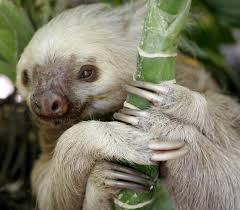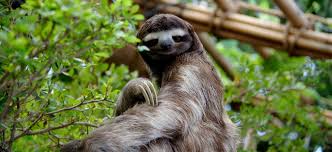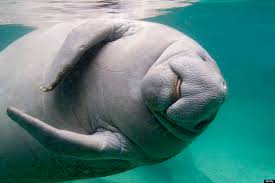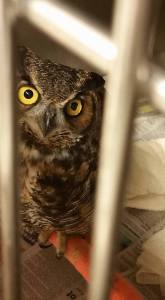I found a mass on my dog Zella. She is 4 years old, a border collie lab mix, and I feel like she is way too young to be developing masses. When I felt it, it was very mobile but a little hard and was located just above the shoulder. In my heart I was wishing that it was just a lipoma which is a fat deposit but I knew that it felt a little too hard to be fat so I took her to the vet. One fine needle aspirate later and we discovered mast cells. It was a tumor, mast cell tumor to be exact. Usually they are found growing in the skin but she had it in her subcutis which is why it was so mobile (I also found out from a vet at work that there is a much better prognosis with SQ mast cell tumors in comparison to skin tumors which tend to have a lot of systematic effects). So it had to go, I can’t leave cancer in her just waiting to spread. Her mass was about the size of a bouncy ball but we had to take out the cancerous tissue and healthy tissue on all sides to make sure we got all of the tumor out. In the end, she had a pretty decent chunk of her tissue removed. They also used a CO2 laser in the surgery which simultaneously cuts and cauterizes any blood vessels. It is less traumatic to the tissue that is left behind so it allows the body to heal faster. The images below show pictures of her mass that we removed, the surgery in progress, and post-surgery. Some of them may be a little gross so feel free to just scroll past and not look too closely.
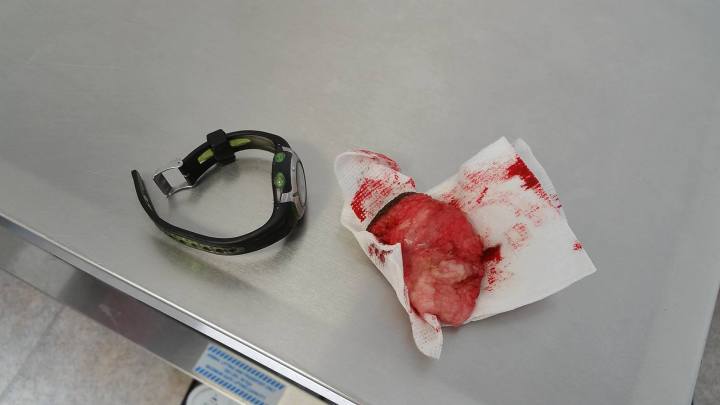

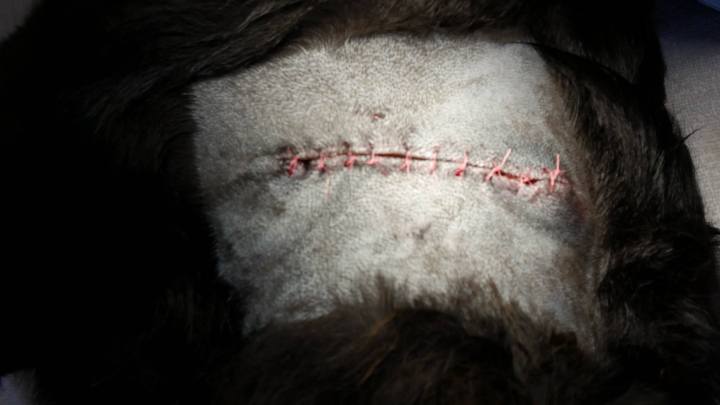

A week later we had it out and sent to the veterinary school for a histopathology report. It was a grade 2 mast cell tumor (1 is very benign and 3 is very malignant), 0-1 on the mitotic scale meaning it is slow growing, and it had good margins so it appeared we got it all out. The vet wants me to get an abdominal ultrasound done to make sure that it hasn’t spread to the liver or the spleen but it keeps getting pushed off due to financial burdens. The same day that I got her back from the vet she scratched out 3 sutures. We went back and got the wound debrided (freshens up each edge of the incision to allow for it to heal together easier) and sutured back up. That was about $200 on top of her $600 surgery. 3 days later she pulled out another suture but the vet said we could heal it by secondary intention (leaving it open to heal) which was such a relief as this is eating into my savings. Of course, 2 days later she pulls out 2 more and it is oozing everywhere. So now we are at today and she is currently at the vet. Turns out she has a pretty bad infection that formed that created dead space in her subcutaneous region causing the SQ suture layer to pop and is why her incision was having so much trouble closing. We thought the inch on each edge of the incision was healing well but when they went to replace those sutures, the wound popped open meaning it wasn’t healing at all. Long story short, mast cell tumors like to secrete histamine which prevents blood clotting/flow to the area making it really hard for the body to heal and prevent infection. The vet assured me that both Zella and I were doing everything right (other than her scratching but she doesn’t think that caused the infection) and that it wasn’t our fault that the incision wasn’t healing as we hoped. She ended up having to pull the remaining sutures, debride the incision, flush out the incision really well, and re-suture it closed. Now we are at another $200 for re-suturing, $95 to send in a swab of the incision to culture the bacteria in order to find out what it is to treat, and about $100 for antibiotics. Now she is on pain meds, two types of antibiotics, benadryl, and a twice a day dilute Nolvasan flush. Her post-surgical care is about to cost just as much as her surgery and we are still going with it.
You are probably wondering why I didn’t just put a cone on her to stop her from removing her sutures. God I wish I could just put a cone on her. Unfortunately her incision is just above her shoulder and below her neck so a cone would sit too high. She is also scratching it with her back leg and not chewing on it (she can’t reach that part of her shoulder wit her mouth) so a cone wouldn’t help anyways. After she pulled them out the first time, I started putting t-shirts on her to hide them and a sock on her foot to pad her nails.
She is really good at getting the sock off and becoming a ninja to scratch at her incision. She lulls me into a sense of security by not bothering it for 36 hours and then, the one time I turn my back, takes a swipe at it and pulls them out. The picture above shows her modeling her new t-shirt, which I honestly think she loves wearing, and her passed out on the couch arm-rest due to her pain meds.
Needless to say, her ultrasound might not be happening for awhile….


